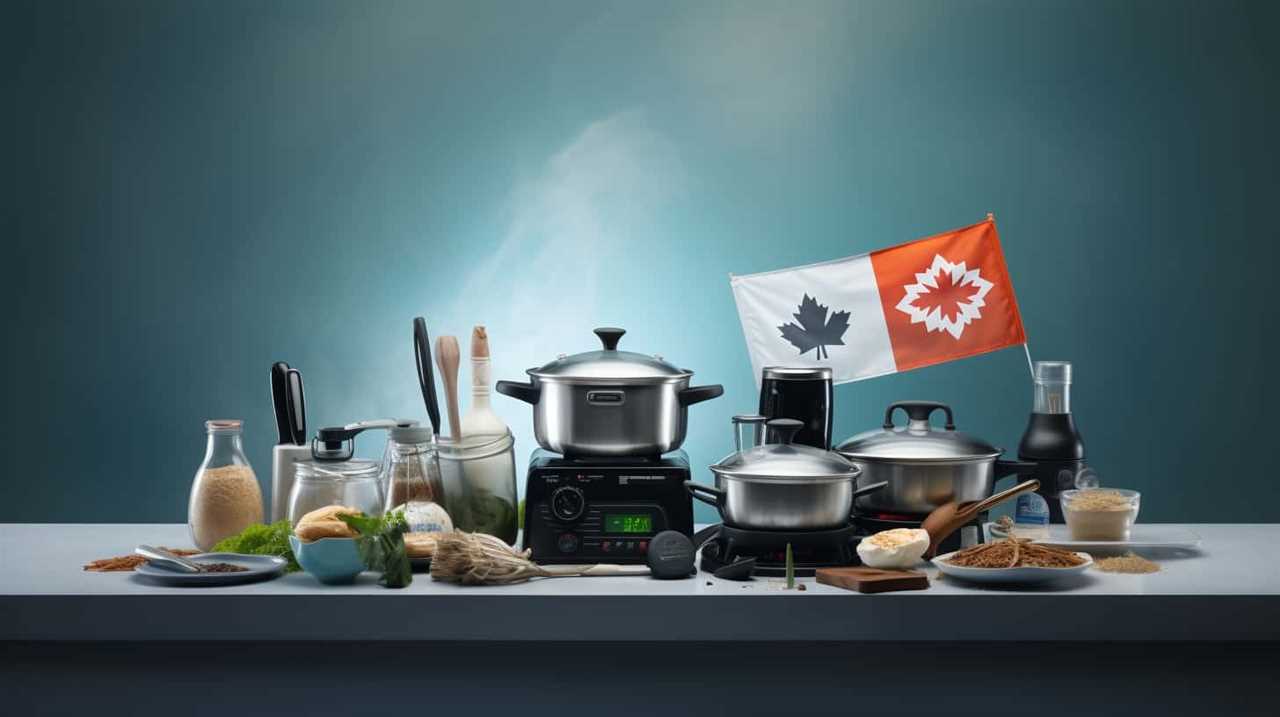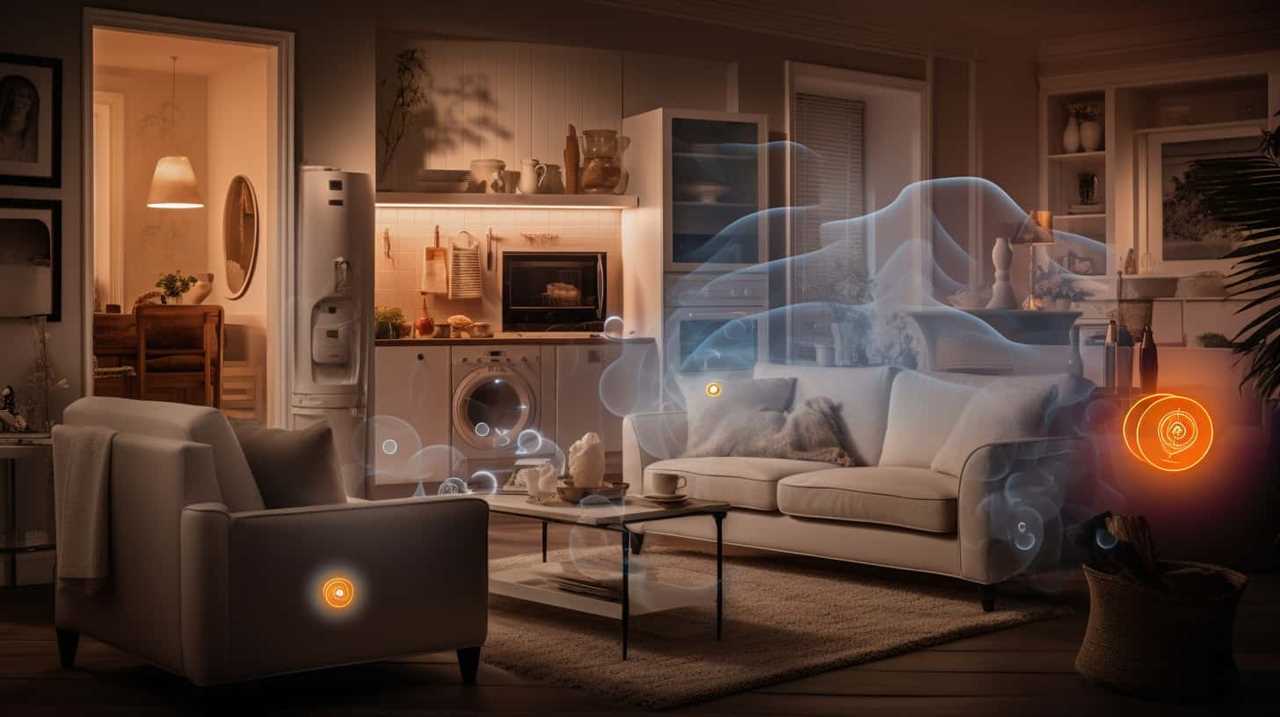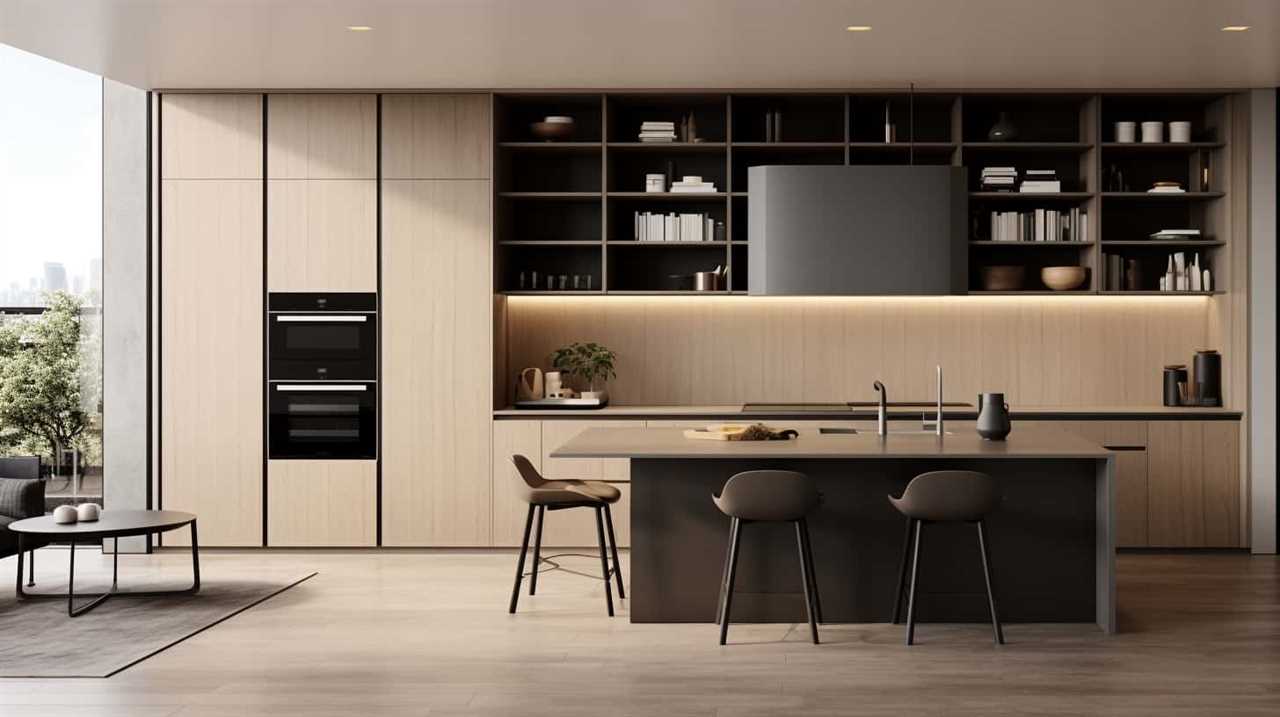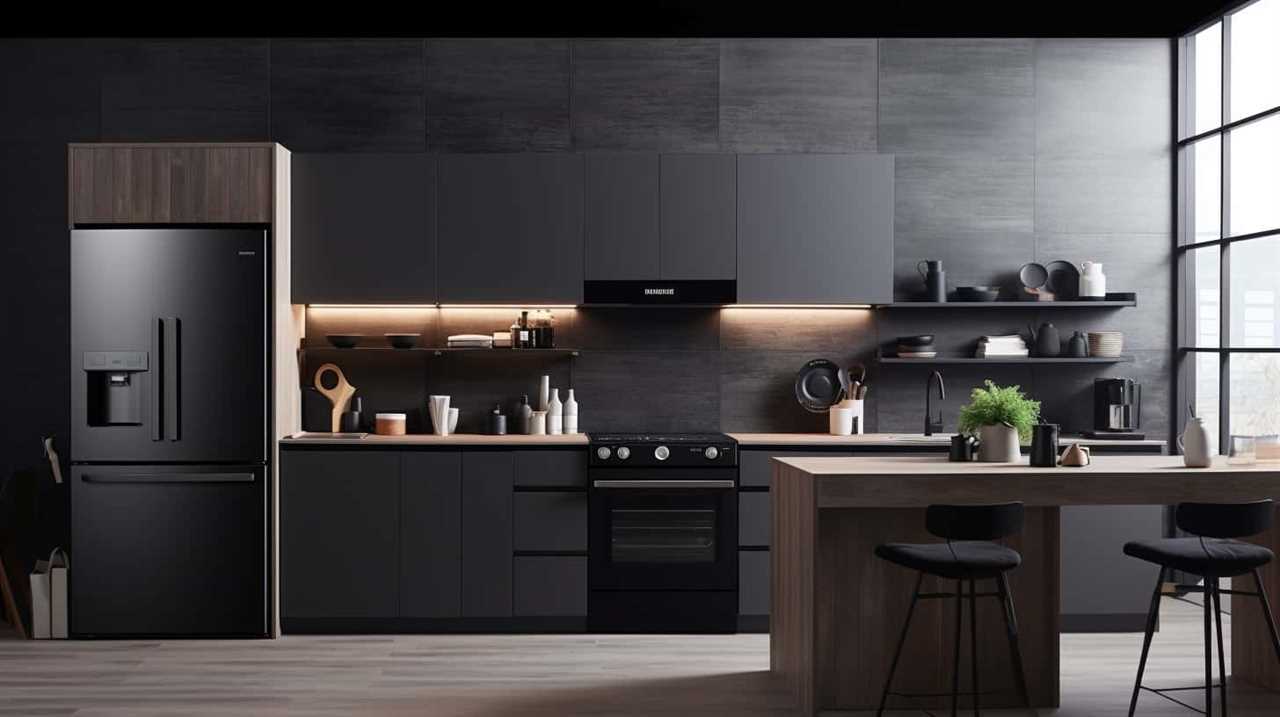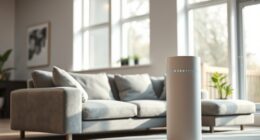In the world of treating sleep apnea, a common question is whether oral appliances are as effective as Continuous Positive Airway Pressure (CPAP) therapy?
Sleep apnea is a serious condition that can have detrimental effects on one’s health and well-being. While CPAP therapy has long been considered the gold standard in treating sleep apnea, oral appliances have emerged as a potential alternative.
This article aims to explore the efficacy of oral appliances in comparison to CPAP therapy, taking into account the benefits, drawbacks, and side effects of both treatment options.
By understanding the merits and limitations of each approach, individuals seeking mastery in managing their sleep apnea can make informed decisions about the most suitable treatment for their specific needs.

Key Takeaways
- Oral appliances, also known as mandibular advancement devices (MADs), are personalized devices worn in the mouth during sleep that reposition the lower jaw and tongue to open up the airway and reduce breathing disruptions.
- Numerous studies have shown the effectiveness of oral appliances in treating sleep apnea and snoring, with success rates comparable to CPAP therapy.
- Oral appliances provide a moderate level of comfort and high convenience, leading to higher patient compliance rates compared to CPAP.
- While oral appliances may not be as effective as CPAP for severe cases of sleep apnea, they are suitable for individuals with mild to moderate sleep apnea and are well-tolerated with fewer side effects.
What Are Oral Appliances
Oral appliances, also known as mandibular advancement devices (MADs), are personalized devices that are worn in the mouth during sleep to treat sleep apnea and snoring. These devices work by repositioning the lower jaw and tongue, effectively opening up the airway and reducing the frequency and severity of breathing disruptions during sleep. There are several types of oral appliances available, including tongue retaining devices and mandibular repositioning devices, each designed to address specific anatomical and physiological factors contributing to sleep apnea and snoring.
Numerous studies have shown the effectiveness of oral appliances in treating sleep apnea and snoring, with success rates comparable to continuous positive airway pressure (CPAP) therapy, the gold standard treatment. In fact, a meta-analysis comparing the effectiveness of oral appliances to CPAP found that both treatments were similarly effective in reducing the apnea-hypopnea index (AHI), a measure of the severity of sleep apnea. Additionally, oral appliances are often preferred by patients due to their comfort and ease of use compared to CPAP.
Understanding CPAP Therapy
CPAP therapy, which stands for continuous positive airway pressure, is a widely prescribed treatment for sleep apnea and involves the use of a machine that delivers a consistent flow of pressurized air through a mask worn over the nose or mouth during sleep.
Here are four important points to help you understand CPAP therapy:

- Effectiveness: CPAP therapy is considered the gold standard for treating sleep apnea. It effectively keeps the airway open by delivering a continuous stream of pressurized air, preventing the collapse of the throat muscles.
- Compliance: Adherence to CPAP therapy is crucial for its effectiveness. It is essential to consistently use the machine every night to experience the full benefits.
- Customization: CPAP machines and masks come in various types and sizes to accommodate different needs and preferences. It is essential to work with a healthcare professional to find the right fit for optimal comfort and effectiveness.
- CPAP Alternatives: While CPAP therapy is highly effective, some individuals may not tolerate it well. In such cases, different types of oral appliances can be considered as alternatives. These devices work by repositioning the jaw or tongue to keep the airway open during sleep.
Understanding CPAP therapy and its alternatives can help individuals make informed decisions about the most suitable treatment for their sleep apnea.
Effectiveness of Oral Appliances
The efficacy of oral appliances in treating sleep apnea is a topic of interest and investigation. As an alternative treatment option to continuous positive airway pressure (CPAP) therapy, oral appliances have gained attention for their potential effectiveness. To compare the treatment options, let us analyze the effectiveness of oral appliances in a table:
| Treatment Option | Effectiveness | Comfort | Convenience |
|---|---|---|---|
| Oral Appliances | High | Moderate | High |
| CPAP Therapy | High | Low | Moderate |
Based on this comparison, oral appliances have shown high effectiveness in treating sleep apnea, while providing a moderate level of comfort and high convenience. CPAP therapy, on the other hand, is also highly effective but may be less comfortable and less convenient for some individuals. It is important to note that the effectiveness of alternative treatments may vary depending on individual preferences and needs. Consulting with a healthcare professional can help determine the most suitable treatment approach.
Benefits of Oral Appliances
One significant advantage of using oral appliances as a treatment for sleep apnea is their potential to improve overall sleep quality. Here are four key benefits of oral appliances:
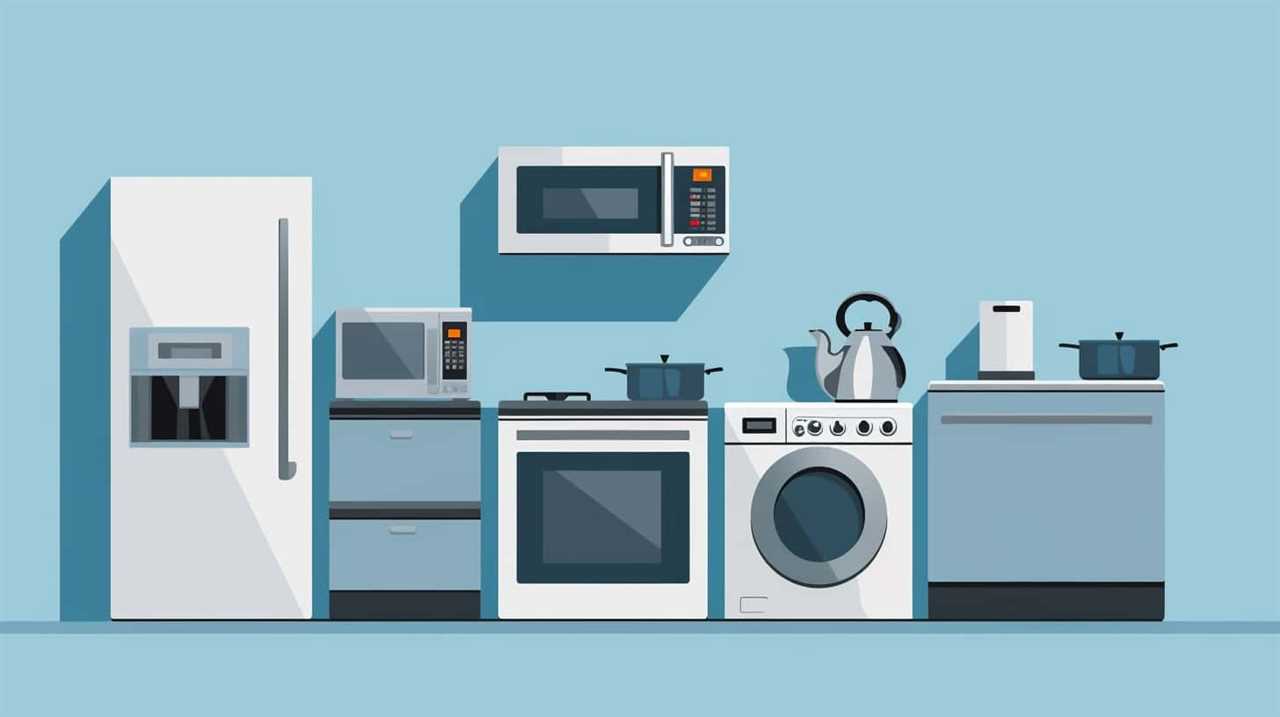
- Comfort: Oral appliances are custom-made to fit the individual’s mouth, making them more comfortable to wear compared to traditional continuous positive airway pressure (CPAP) masks. This increased comfort may lead to better adherence to treatment.
- Convenience: Oral appliances are portable and do not require electricity or a constant source of air pressure like CPAP machines. This makes them convenient for travel and allows for more flexibility in daily activities.
- Improved oral health: Oral appliances can help with teeth grinding and jaw clenching, which are common symptoms of sleep apnea. By addressing these issues, oral appliances not only treat sleep apnea but also improve oral health.
- Patient preference: Many individuals prefer oral appliances over CPAP machines due to their ease of use and minimal disruption to sleep. This preference may increase compliance and long-term success with treatment.
Drawbacks of Oral Appliances
While oral appliances offer several benefits for individuals with sleep apnea, there are also drawbacks to consider.
One limitation of oral appliances is that they may not be as effective as continuous positive airway pressure (CPAP) therapy in treating severe cases of sleep apnea. CPAP provides a constant flow of air to keep the airway open during sleep, whereas oral appliances rely on repositioning the jaw to prevent airway obstruction.
Additionally, oral appliances may cause discomfort, jaw pain, or tooth movement. They are also not suitable for individuals with certain dental conditions or those who have had extensive dental work.
Furthermore, oral appliances require regular maintenance and replacement, which can be costly.

As alternatives, some individuals may opt for surgery or weight loss to treat sleep apnea, depending on the severity of their condition and overall health.
How Oral Appliances Work
Oral appliances are commonly used to treat sleep apnea, often providing effective relief by frequently repositioning the jaw to prevent airway obstruction. These appliances work by advancing the lower jaw, which helps to open up the airway and improve airflow during sleep.
Here are four key ways in which oral appliances work:
- Mandibular repositioning: Oral appliances are designed to hold the lower jaw in a forward position, which helps to keep the airway open and reduces the likelihood of obstruction.
- Tongue stabilization: Some oral appliances also include features that help to stabilize the tongue, preventing it from falling back and blocking the airway.
- Muscle tone improvement: By repositioning the jaw, oral appliances can help to improve the muscle tone of the upper airway, making it less likely to collapse during sleep.
- Increased oxygen levels: By improving airflow and reducing the frequency of apnea events, oral appliances can help to increase oxygen levels in the body, leading to improved overall health and well-being.
While oral appliances have many benefits, they also have some drawbacks to consider. These include potential discomfort or pain, difficulty in adjusting to wearing the appliance, and the need for regular maintenance and cleaning. However, for individuals who cannot tolerate CPAP therapy or prefer a non-invasive treatment option, oral appliances can be an effective alternative for managing sleep apnea.
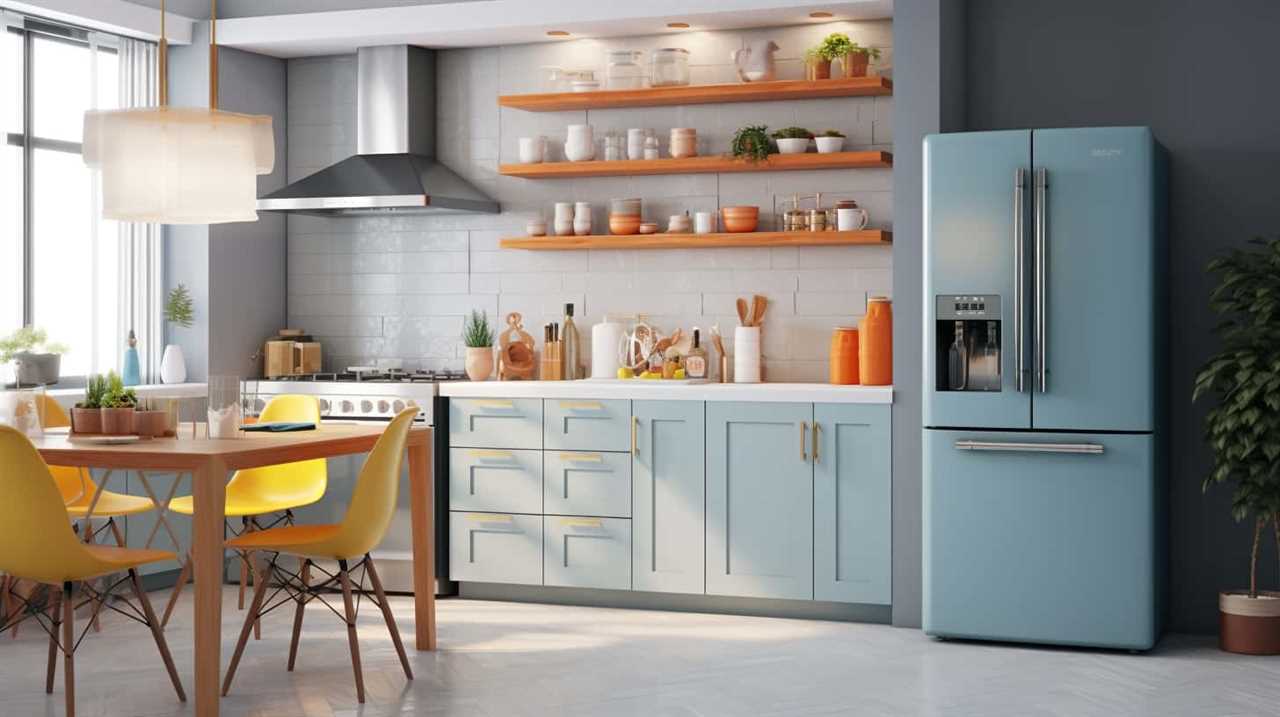
How CPAP Works
CPAP therapy works by delivering a continuous stream of pressurized air through a mask, which helps to keep the airway open and prevent the collapse of the upper airway during sleep. This treatment utilizes advanced CPAP technology to provide a constant positive airway pressure, ensuring that the airway remains unobstructed throughout the night. The pressurized air acts as a splint, holding the airway open and allowing for normal breathing patterns.
The benefits of CPAP therapy are numerous. It effectively treats obstructive sleep apnea by reducing or eliminating episodes of apnea and hypopnea, which can lead to improved oxygenation and better quality sleep. CPAP therapy has also been shown to alleviate symptoms such as loud snoring, daytime sleepiness, and morning headaches. Additionally, this therapy can improve overall health outcomes by reducing the risk of cardiovascular disease, hypertension, and other comorbidities associated with untreated sleep apnea.
Research on Oral Appliances Vs. CPAP
Research comparing oral appliances and CPAP has shown that oral appliances can be effective in treating obstructive sleep apnea (OSA) in certain patients.
Multiple studies have found that oral appliances can significantly reduce the number of apnea and hypopnea events, improve oxygen saturation levels, and improve sleep quality.

Furthermore, many patients prefer oral appliances over CPAP due to their comfort and ease of use, leading to better compliance and long-term treatment success.
Effectiveness of Oral Appliances
Comparative studies have revealed that oral appliances demonstrate comparable effectiveness to CPAP therapy in the treatment of sleep apnea. Here are four key points to consider when comparing the effectiveness of oral appliances and CPAP:
- Efficacy: Research suggests that both oral appliances and CPAP can effectively reduce the severity of sleep apnea symptoms and improve overall sleep quality. However, individual responses may vary, and it is important to choose the treatment option that works best for each patient.
- Compliance: One advantage of oral appliances is their higher patient compliance rates compared to CPAP. Many individuals find oral appliances more comfortable and easier to use, which can lead to better adherence to treatment.
- Side Effects: CPAP therapy is associated with several potential side effects, such as nasal congestion, dry mouth, and skin irritation. In contrast, oral appliances generally have fewer side effects and are well-tolerated by most patients.
- Suitability: Oral appliances are particularly effective for individuals with mild to moderate sleep apnea, while CPAP is often recommended for those with severe sleep apnea or individuals who do not respond well to oral appliances.
Patient Preference and Compliance
When comparing patient preference and compliance, studies have shown that oral appliances and CPAP therapy demonstrate notable differences. Patient satisfaction and adherence rates are important factors in evaluating the effectiveness of treatment options for sleep apnea. A study conducted by Dieltjens et al. (2013) compared patient satisfaction and adherence rates between oral appliances and CPAP therapy. The results showed that a higher percentage of patients preferred oral appliances over CPAP therapy due to improved comfort and ease of use. Additionally, adherence rates were higher with oral appliances, suggesting that patients were more likely to continue using them long-term.
To further illustrate the differences in patient preference and compliance, the following table provides a comparison between oral appliances and CPAP therapy:

| Oral Appliances | CPAP Therapy | |
|---|---|---|
| Comfort | High | Low |
| Ease of use | High | Low |
| Adherence rates | Higher | Lower |
| Patient satisfaction | Higher | Lower |
These findings suggest that oral appliances may be a more favorable option for patients in terms of comfort, ease of use, and long-term adherence. However, it is important to note that individual preferences and needs may vary, and a comprehensive evaluation by a healthcare professional is necessary to determine the most suitable treatment option for each patient.
Success Rates of Oral Appliances
The success rates of oral appliances in treating sleep apnea vary, with studies reporting rates ranging from 50% to 90%. These rates indicate that oral appliances can be an effective treatment option for some individuals with sleep apnea. However, it is important to note the following key points:
- Patient selection: Success rates may be higher in patients who are suitable candidates for oral appliance therapy, based on factors such as the severity of their sleep apnea and the anatomical characteristics of their airway.
- Compliance: Success rates can be influenced by patient compliance with wearing the oral appliance consistently and correctly during sleep. Adherence to treatment is crucial for optimal outcomes.
- Follow-up: Regular follow-up appointments are essential to monitor the effectiveness of the oral appliance and make necessary adjustments to ensure its continued efficacy.
- Individual variability: Success rates can vary among individuals due to variations in anatomy, personal preferences, and other factors. Therefore, a personalized approach is necessary to determine the most suitable treatment option for each patient.
Success Rates of CPAP Therapy
The success rates of CPAP therapy can vary depending on several factors, including patient adherence and severity of the sleep apnea.
Studies have shown that CPAP therapy is generally effective in reducing sleep apnea symptoms and improving sleep quality.
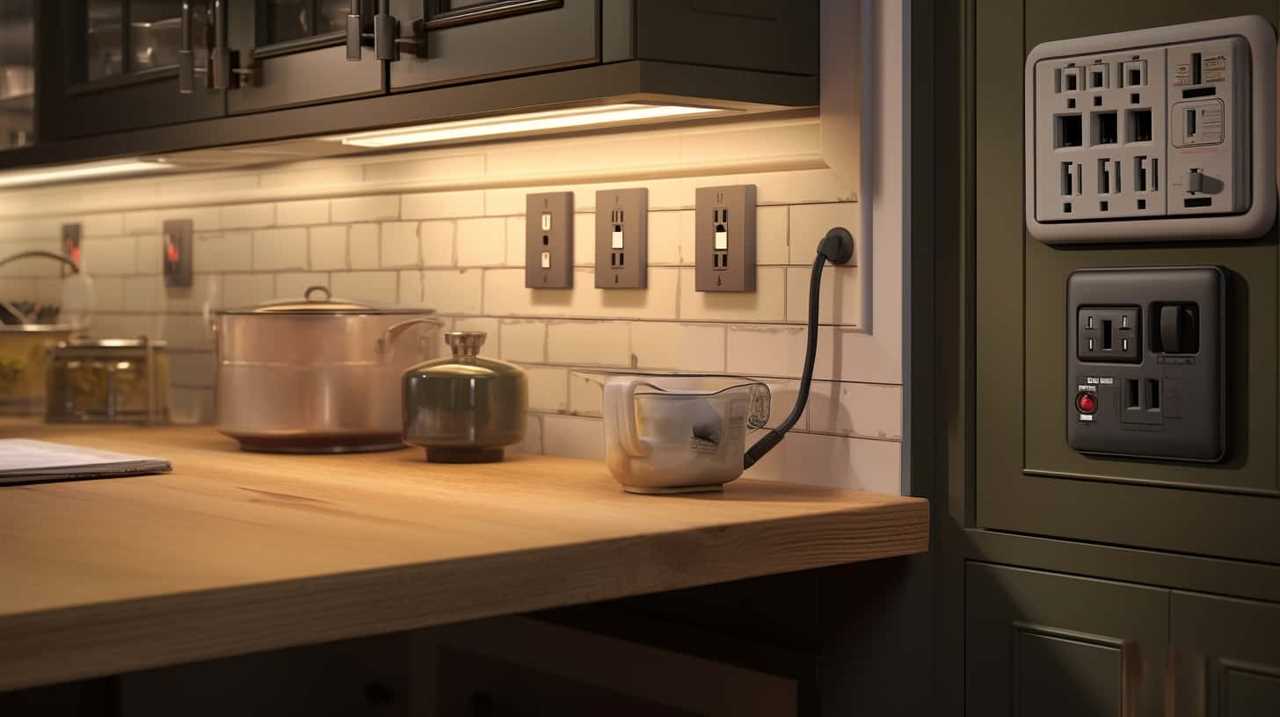
However, long-term adherence to CPAP treatment can be challenging for some individuals, leading to lower success rates in the long run.
Comparative Success Rates
In comparing the success rates of CPAP therapy to oral appliances, it is evident that there is a notable discrepancy. CPAP therapy, which stands for Continuous Positive Airway Pressure, is considered the gold standard treatment for obstructive sleep apnea (OSA).
Here are four key points that highlight the disparities in success rates:
- Efficacy: Numerous studies have consistently shown that CPAP therapy is highly effective in treating OSA, with success rates ranging from 80% to 90%.
- Compliance: Despite its effectiveness, CPAP therapy can be challenging for some patients due to factors such as discomfort, mask leakage, and claustrophobia. As a result, compliance rates tend to be lower, with estimates ranging from 40% to 60%.
- Oral Appliances: On the other hand, oral appliances are an alternative treatment option for patients who cannot tolerate CPAP therapy. While not as effective as CPAP, they still have a success rate of approximately 50%.
- Patient Preference: The success rates of CPAP therapy and oral appliances also depend on patient preference. Some individuals may find oral appliances more comfortable and therefore have higher success rates with this treatment modality.
Long-Term Effectiveness
Continuing the analysis of success rates, it is important to consider the long-term effectiveness of CPAP therapy for obstructive sleep apnea (OSA). Patient satisfaction and long-term adherence play crucial roles in determining the overall efficacy of this treatment modality.

Several studies have examined the long-term success rates of CPAP therapy and have shown promising results. For instance, a study published in the Journal of Clinical Sleep Medicine demonstrated that patients who consistently used CPAP therapy for a period of at least 4 hours per night experienced significant improvements in their sleep apnea symptoms and reported high levels of satisfaction.
Another study published in the American Journal of Respiratory and Critical Care Medicine found that long-term adherence to CPAP therapy was associated with reduced cardiovascular risk and improved quality of life.
These findings highlight the importance of patient engagement and ongoing support in achieving long-term success with CPAP therapy.
Side Effects of Oral Appliances
Experiencing potential side effects, oral appliances may pose challenges in their efficacy when compared to CPAP therapy. While oral appliances are considered an alternative treatment to continuous positive airway pressure (CPAP), they are not without their drawbacks. Here are four side effects of oral appliances that should be considered:

- Discomfort: Some individuals may experience discomfort or pain in their jaw, teeth, or facial muscles due to the pressure exerted by the appliance.
- Bite changes: Oral appliances can alter the alignment of the teeth or cause changes in the bite, leading to bite problems or temporomandibular joint (TMJ) disorders.
- Dry mouth: Oral appliances can cause dry mouth, which can be uncomfortable and lead to dental issues.
- Limited effectiveness: While oral appliances can be effective for mild to moderate obstructive sleep apnea, they may not be as effective as CPAP therapy for severe cases.
It is important to weigh the potential side effects against the benefits when considering oral appliances as a treatment option for sleep apnea. Consulting with a healthcare professional is crucial to determine the most suitable treatment approach.
Side Effects of CPAP Therapy
CPAP therapy can cause a range of side effects that should be considered before starting treatment. While CPAP is an effective treatment for obstructive sleep apnea (OSA), it is important to be aware of the potential side effects.
One of the most common side effects is nasal congestion or dryness, which can be alleviated by using a heated humidifier with the CPAP machine. Some individuals may also experience discomfort or skin irritation from wearing the mask or straps.
Additionally, CPAP therapy may cause feelings of claustrophobia or difficulty falling asleep. However, it is important to note that these side effects can often be managed with proper adjustments and support from healthcare professionals.

Despite these potential side effects, CPAP therapy has been shown to have high comparative success rates in effectively treating OSA.
Choosing Between Oral Appliances and CPAP
When it comes to choosing between oral appliances and CPAP therapy, several factors need to be considered.
One important factor is the effectiveness of oral appliances in treating sleep apnea. Studies have shown that oral appliances can be as effective as CPAP in reducing sleep apnea symptoms.
Additionally, comfort and user-friendliness are crucial considerations, as some individuals may find wearing an oral appliance more comfortable and easier to use than using a CPAP machine.

Effectiveness of Oral Appliances
The effectiveness of oral appliances in the treatment of sleep apnea can vary depending on the individual and their specific needs. While continuous positive airway pressure (CPAP) is considered the gold standard treatment, oral appliances have shown promising results as an alternative option.
Here are four key points to consider when comparing the effectiveness of oral appliances and CPAP:
- Effectiveness Comparison: Studies have shown that oral appliances can effectively reduce the severity of sleep apnea and improve symptoms, although they may be less effective than CPAP in severe cases.
- Patient Satisfaction: Many patients prefer oral appliances over CPAP due to their comfort and convenience. Compliance rates are generally higher with oral appliances, as they are less invasive and easier to use.
- Individual Suitability: Oral appliances may be more suitable for patients with mild to moderate sleep apnea or for those who cannot tolerate CPAP. It is important to consider individual factors and preferences when choosing the appropriate treatment option.
- Combination Therapy: In some cases, a combination of oral appliances and CPAP may be recommended to maximize effectiveness and patient satisfaction.
Ultimately, the effectiveness of oral appliances in treating sleep apnea should be evaluated on a case-by-case basis, taking into account individual needs and preferences.
Comfort and User-Friendliness
One aspect to consider when comparing the effectiveness of oral appliances and continuous positive airway pressure (CPAP) is the level of comfort and user-friendliness they offer. Both treatment options have their own advantages and disadvantages in terms of comfort and effectiveness.
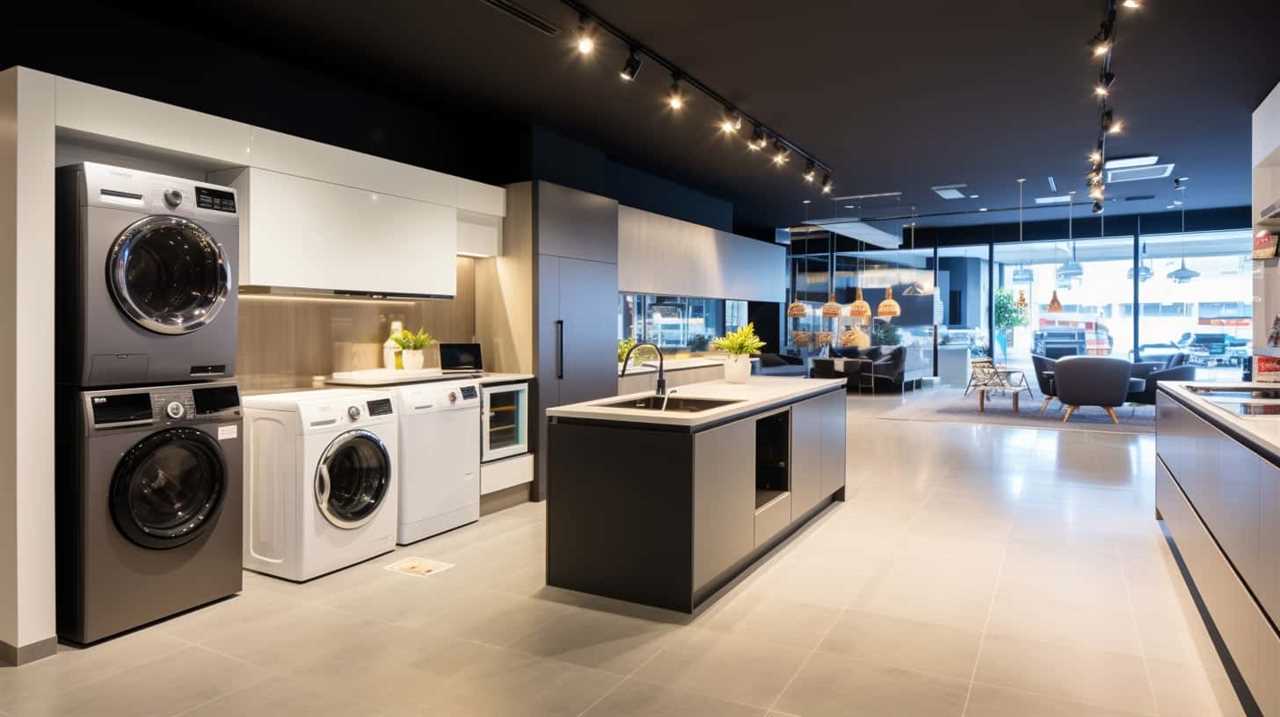
Oral appliances are generally considered to be more comfortable and user-friendly compared to CPAP. They are custom-fit to the individual’s mouth, making them easier to wear during sleep. Oral appliances are also portable and do not require any external power source, allowing for greater freedom of movement. This can lead to higher user satisfaction and compliance.
On the other hand, CPAP machines can be bulky and may cause discomfort to some users. The continuous flow of air can cause dryness in the mouth and nose, which can be bothersome. However, advancements in technology have led to the development of smaller, quieter, and more comfortable CPAP machines, improving user experience.
Conclusion: Finding the Right Treatment Option
What factors should be considered when determining the most suitable treatment option for sleep apnea?
- Severity of sleep apnea: The severity of sleep apnea, as determined by the frequency and duration of breathing interruptions during sleep, can help guide the choice of treatment. Mild cases may be effectively managed with oral appliances, while more severe cases may require continuous positive airway pressure (CPAP) therapy.
- Patient preference: It is important to consider the patient’s preference when selecting a treatment option. Some individuals may find wearing an oral appliance more comfortable and convenient than using a CPAP machine, leading to better adherence and overall satisfaction.
- Treatment efficacy: Both oral appliances and CPAP have been shown to be effective in treating sleep apnea. However, the success of each treatment option may vary from person to person. It is essential to assess the effectiveness of each treatment in alleviating symptoms and improving sleep quality.
- Potential side effects: Each treatment option carries its own potential side effects. Oral appliances may cause jaw discomfort or changes in bite alignment, while CPAP therapy may lead to nasal congestion or skin irritation. The potential side effects should be carefully considered when choosing the most suitable treatment option for sleep apnea.
Considering these factors, finding the right treatment option for sleep apnea involves a comprehensive evaluation of the individual’s needs, preferences, and treatment outcomes. Ultimately, the goal is to find a treatment that effectively manages sleep apnea while prioritizing patient satisfaction and adherence.
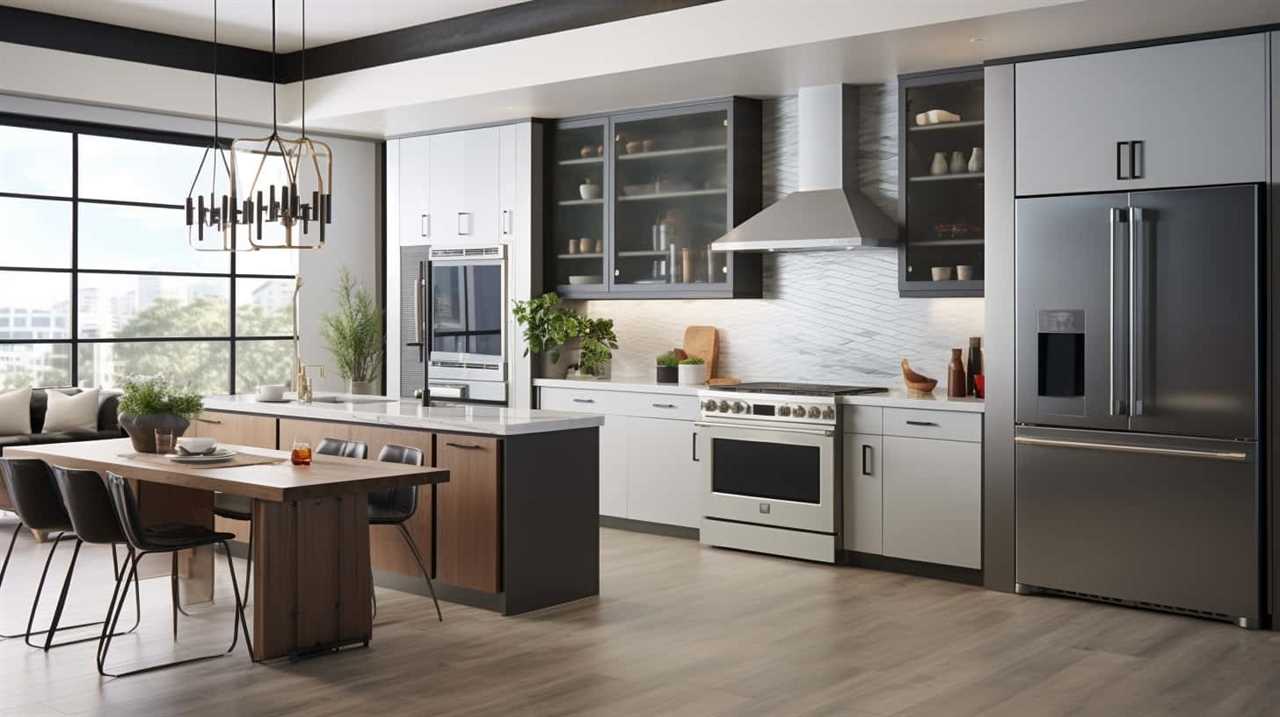
Frequently Asked Questions
Are Oral Appliances Covered by Insurance?
Oral appliances for sleep apnea are commonly covered by insurance, depending on the specific policy. However, coverage may vary and require pre-authorization. It is important to consult with your insurance provider regarding the details of coverage, including cost and effectiveness of oral appliances.
Can Oral Appliances Be Used for All Types of Sleep Apnea?
Oral appliances have been found to be effective in treating different types of sleep apnea, including mild to moderate cases. However, their effectiveness in comparison to CPAP therapy may vary depending on individual circumstances and preferences.
How Often Do Oral Appliances Need to Be Replaced?
Proper care and maintenance can help prolong the lifespan of oral appliances. Studies comparing the long-term and short-term effectiveness of oral appliances suggest that regular replacement may be necessary to ensure optimal treatment outcomes.
Can Oral Appliances Be Worn During the Day?
Oral appliances for snoring and sleep apnea have shown effectiveness in improving nighttime breathing and reducing symptoms. They can be worn during the day for short periods to help adjust to wearing them at night.

Do Oral Appliances Require Any Special Maintenance or Cleaning?
Oral appliances for sleep apnea require regular maintenance and cleaning to ensure their effectiveness and longevity. Special cleaning techniques and materials may be necessary to remove bacteria and prevent damage to the appliance. Proper maintenance is essential for optimal performance.
Conclusion
In conclusion, both oral appliances and CPAP therapy can be effective treatments for sleep apnea.
Oral appliances offer the advantage of being a non-invasive and more comfortable option, but they may not be as effective for severe cases.
CPAP therapy, on the other hand, is highly effective in treating sleep apnea but can be uncomfortable and have side effects.

Ultimately, the choice between oral appliances and CPAP should be based on individual needs and preferences.
Remember, ‘A good night’s sleep is a bridge to a healthy mind.’
